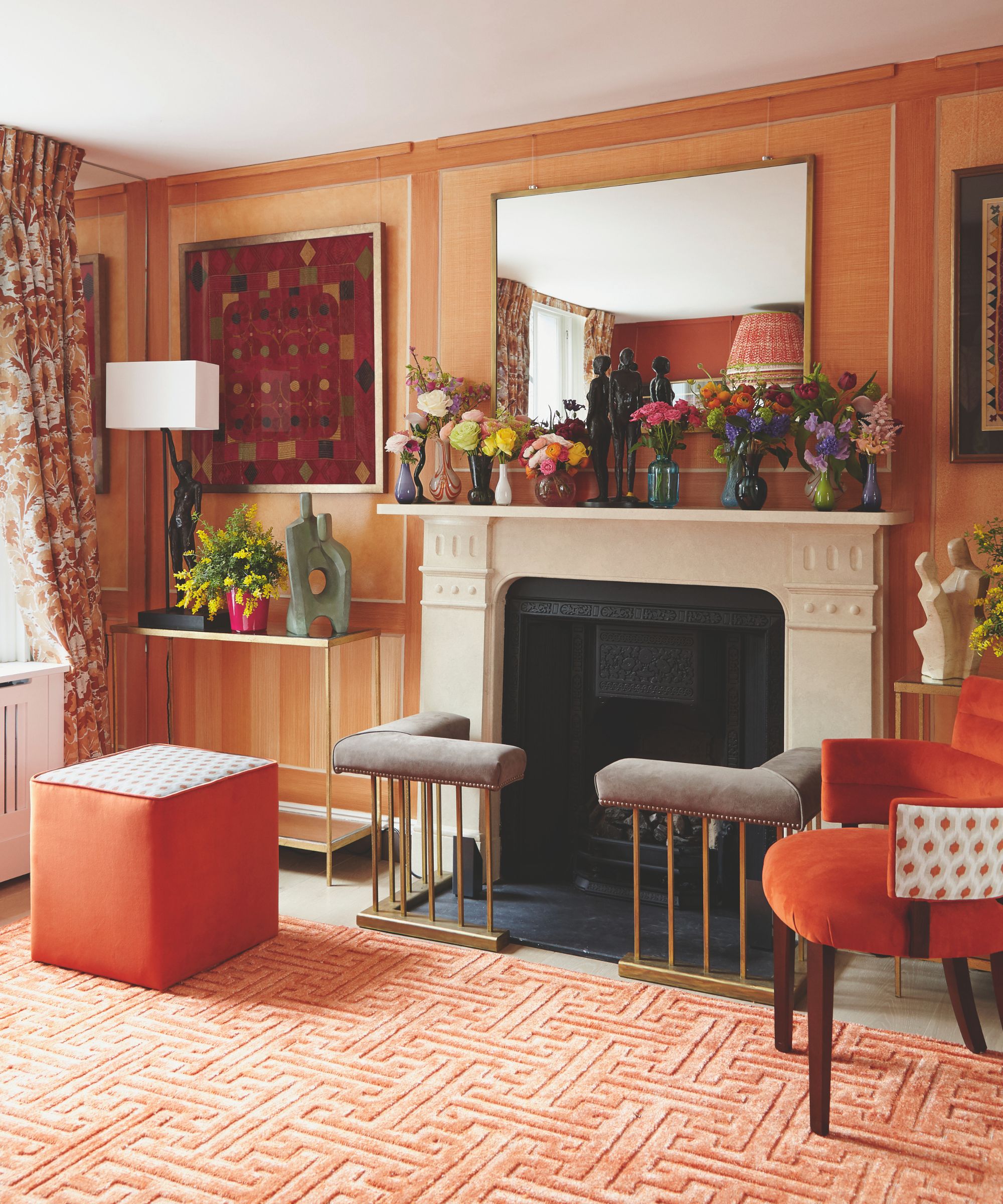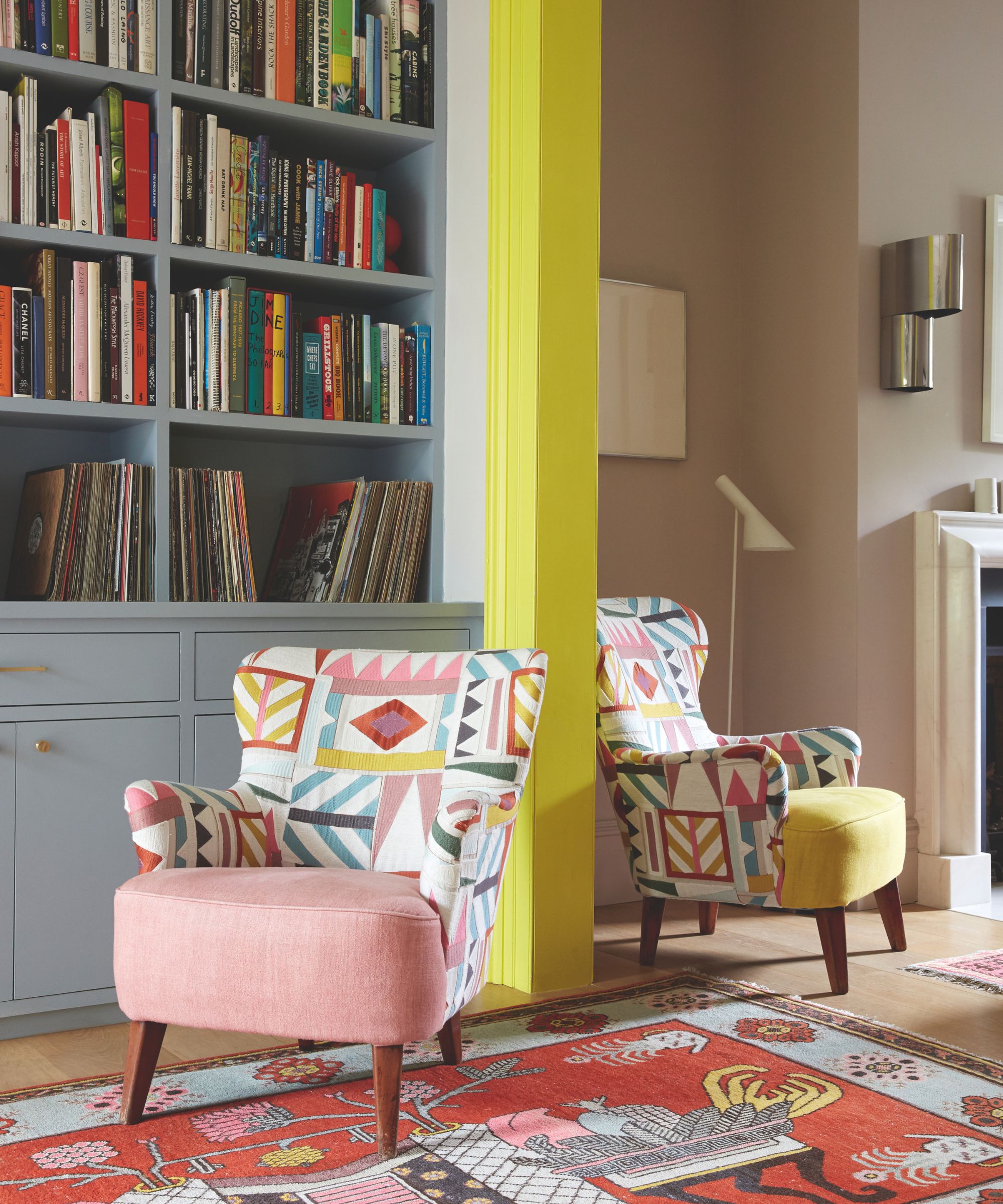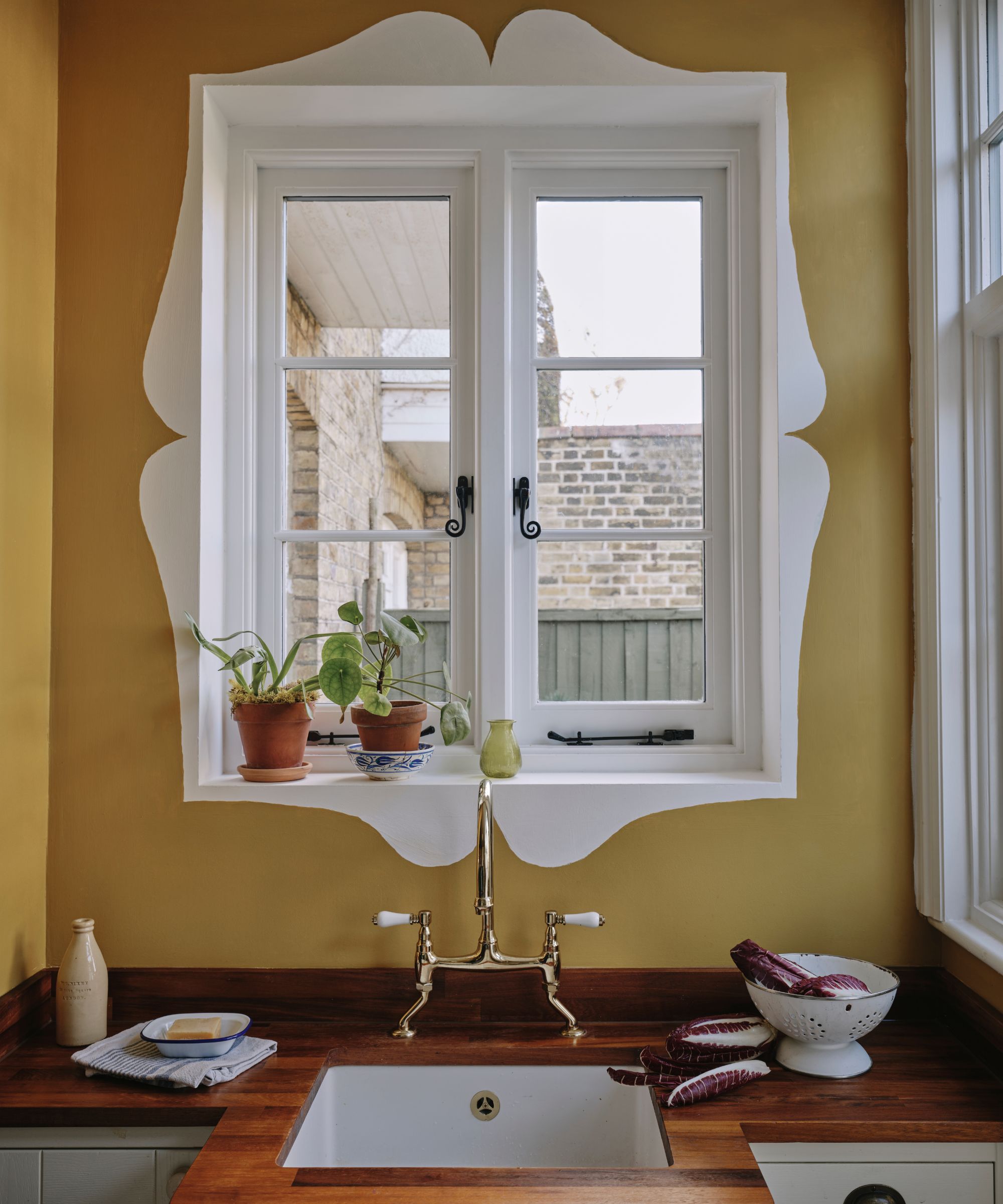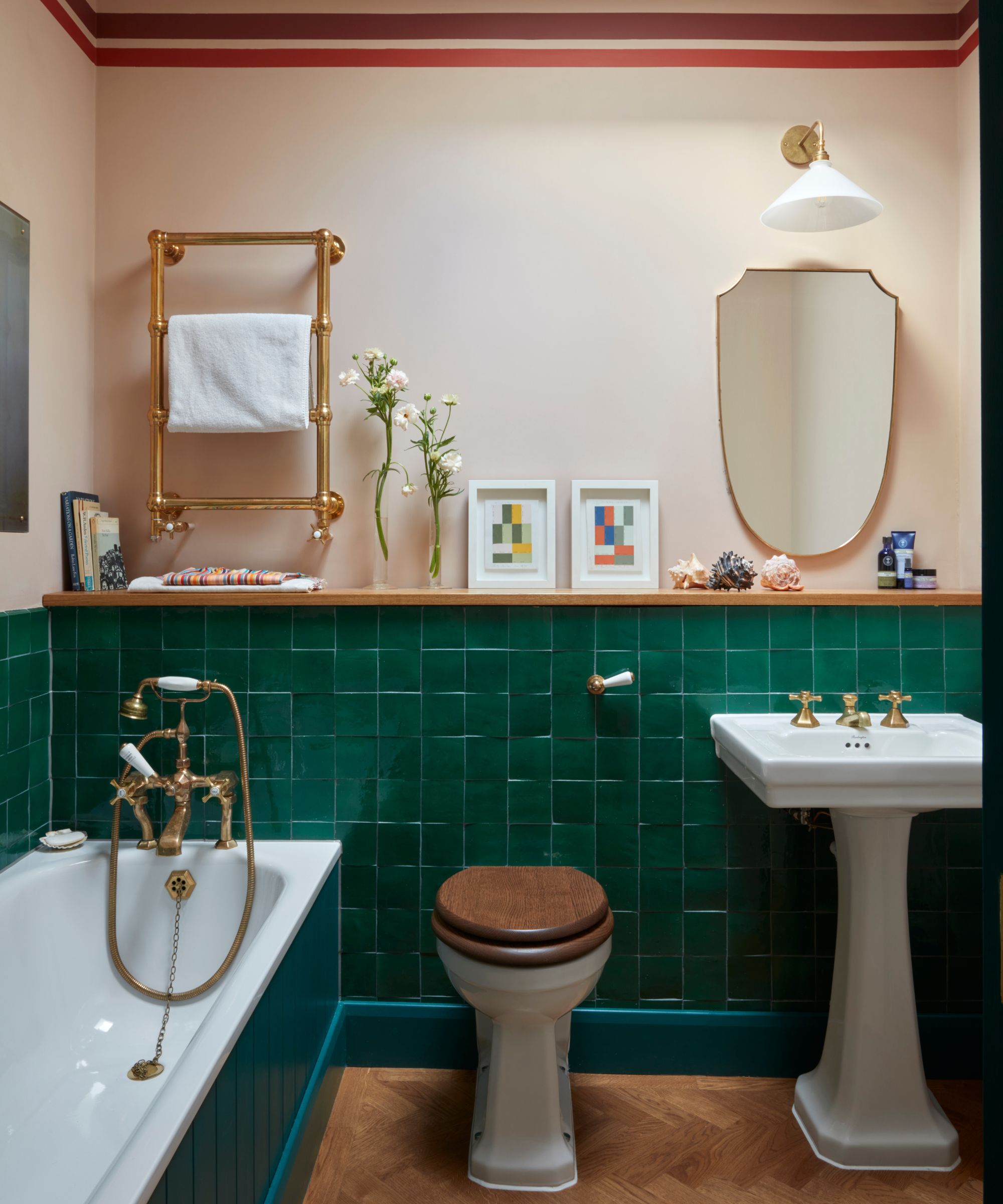7 different interior designers on ingenious ways they use paint to easily elevate a room
Paint can be the easiest way to transform a room, here 7 designers talk us through how they use it to the best effect


When it comes to redecorating, it's worth thinking outside the box. Let your mind roam beyond a lovely color, and instead, think about how you want to transform your space into your dream vision.
There really are a myriad of potential visual effects that can be achieved with the humble paint tin. Many paint ideas are in reach for those of us with willpower and a spare weekend, all you need is the right inspiration. So in order to elevate your paint projects, we spoke with leading interior designers about their most creative use of paint and how they use it to totally change a space.
How 7 designers use paint to elevate rooms
Whether you want to simply add a decorative detail or change the materiality or form of your walls, getting clever with paint can have a great impact. We heard from 7 top interior designers on why it's worth thinking beyond a pretty backdrop.
1. Channel your inner artist

In response to so much technology in our lives, there’s a growth in the appetite for having handcrafted elements in the home. Those who are creatively minded can pick up a brush and apply effects to any surface.
‘There are so many creative applications for paint around the home, from painted edges to pretty details to trompe l’oeil effects,’ says textile designer Molly Mahon who painted this design around her fireplace at her home in East Sussex. ‘Hand-painted elements, much like hand-block print fabrics and wallpapers, will bring an authentic, crafted, and human touch to an interior.'
2. Paint in paneling

Paint effects used to be a cheaper way to add movement to a space without going to the expense of hanging wallpaper. Now that’s changed. A decorative painter can create a bespoke finish that can not only transform a room but set the tone and texture for the space, so says Emma Deterding, founder of Kelling Designs.
‘They are true magicians with color and can see and combine different shades within the effect – something which is just so standout and unique.’ This project is her showroom in west London. She created the appearance of wall paneling from a plain wall.
Design expertise in your inbox – from inspiring decorating ideas and beautiful celebrity homes to practical gardening advice and shopping round-ups.
3. Create a linen-look wall

Using a paint effect, especially applied using professional skills, will add depth and elegance to a room. This is particularly true of the faux linen technique. Popular during the 1980s and early 1990s, when wallpaper began to lose its popularity, it’s making a comeback.
Decorative artist Hughie Turner was asked by interior designer John McCall to paint the walls of this bedroom in London with a linen-effect finish – something he describes as his signature. ‘It can range from pale and elegant to something a little deeper and more textured,’ he says.
4. Use accent colors to delineate 'zones'

Many terraced houses have had the wall between the two ground-floor reception rooms removed to create one larger area. It also offers an opportunity for zoning – creating subtle delineations between the two spaces, as demonstrated here by interior designer Suzy Hoodless.
‘We chose a bright yellow paint to highlight the traditional detail and I love that the effect is so contemporary,’ says Suzy. ‘Painting the architrave in a contrasting color (Trumpet by Little Green) to the rest of the walls and shelving, which are in more muted tones, gives the open-plan space more structure, denoting different zones to break the space up a little.’
5. Decorate woodwork with a rich hue

Choosing a less obvious shade for painting woodwork creates a sophisticated look and this can be carried through to the adjoining room as an accent. The team at Neptune used their Burnham Red on the door and walls of the anteroom before moving to a contrasting putty-like neutral called Driftwood for the walls of the sitting room. In order to prevent the cornice from vanishing into the red, they’ve picked that out in a cream white.
6. Create a decorative window border

Painting a frame around a window is an idea that is so simple, it’s a wonder that it hasn’t been copied many times.
‘The kitchen sink has a reputation for being the definition of mundane, but we thought why not make this space interesting, so even if you can’t avoid doing the washing up, at least you can look at something beautiful while doing it,’ say James Arkoulis and Saskia Howard of Howark Design who painted this surround.
7. Use paint to create plaster molding-like interest

Decorative plasterwork like coving and cornicing are used to add architectural interest to a space, but paint tricks work just as well, as demonstrated in this bathroom by Kate Guinness. She has added neat parallel stripes just below the ceiling.
To achieve the detail, the decorator applied masking tape to the walls at the appropriate spacing to ensure he would paint in a straight line around the room, then painted in the spaces between the tape.
Next time you choose to re-decorate, take your time to think about how you want to alter your space. With clever techniques, a lick of paint can go above and beyond a color refresh.
Consider the effects of bordering, paneling, texture, hand-painted decorative details, accents, and zoning. It's cheaper than redesigning the interior architecture of your space, but the results can be similarly transformative.

Arabella is a freelance journalist writing for national newspapers, magazines and websites including Homes & Gardens, Country Life, The Telegraph and The Times. For many years she has specialized in writing about property and interiors, but she began her career in the early 2000s working on the newly launched Country Life website, covering anything from competitions to find the nation’s prettiest vicarage to the plight of rural post offices.